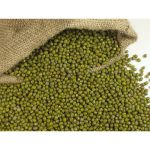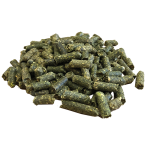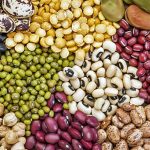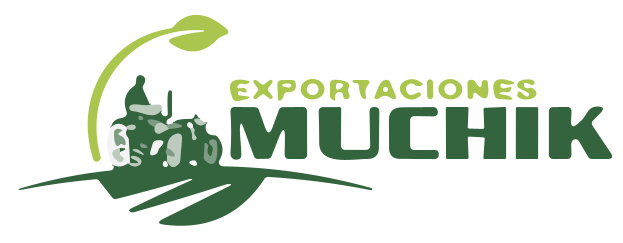Alfalfa
Premium Peruvian Alfalfa
Alfalfa (medicago sativa)
Description.
Alfalfa (medicago sativa) contains about 50% cell wall and a balanced fiber composition
(8% pectins, 10% hemicellulose, 25% cellulose and 7% lignin). A high
nutritional contribution of highly digestible fiber and protein beneficial for the breeding and maintenance of your animals.
Benefits:
It ensures a fast digestive transit, a significant contribution of soluble fiber and a high buffering capacity.
making it an ideal feed for dairy cows, horses, sheep, goats. Its protein content of more than 20% helps in the raising of calves and females in the state of
pregnancy, strengthening of hooves in quadrupeds and a shinier coat in horses.
The value of alfalfa lies in its high dry matter production potential, high protein concentration, high digestibility and high animal consumption potential. To this must be added its high content of vitamins A, E and K or their precursors, and most
of the minerals required by horses, camelids, cattle, dairy and beef cattle, especially calcium, potassium, magnesium and phosphorus.
Hay production:
Haymaking consists of reducing as quickly as possible the moisture content of fresh forage, which in the case of alfalfa normally ranges from 70-85%, to
12-18%, a level at which cellular respiration and the activity of decomposing microorganisms are almost nil.
This drying allows hay to be stored for long periods of time without substantial changes in its composition
.
In bales
In pellets
Ground
Recommendations for use:
As a feed supplement for brood mares and grazing horses, with an estimated weight of 400 kg, it is recommended to administer 2 kg daily and adjust according to the conditions of the animals, the condition of the pasture and the weather.
It is an ideal product to supplement the feed of horses and foals in natural pastures, as well as to prepare balanced diets for other herbivorous animals such as high-yielding dairy cows, pigs, goats, sheep, camels, chickens, roosters, guinea pigs, rabbits, quails, hamsters and especially for horses and young animals, such as calves or chickens, in the initial stages of life.








